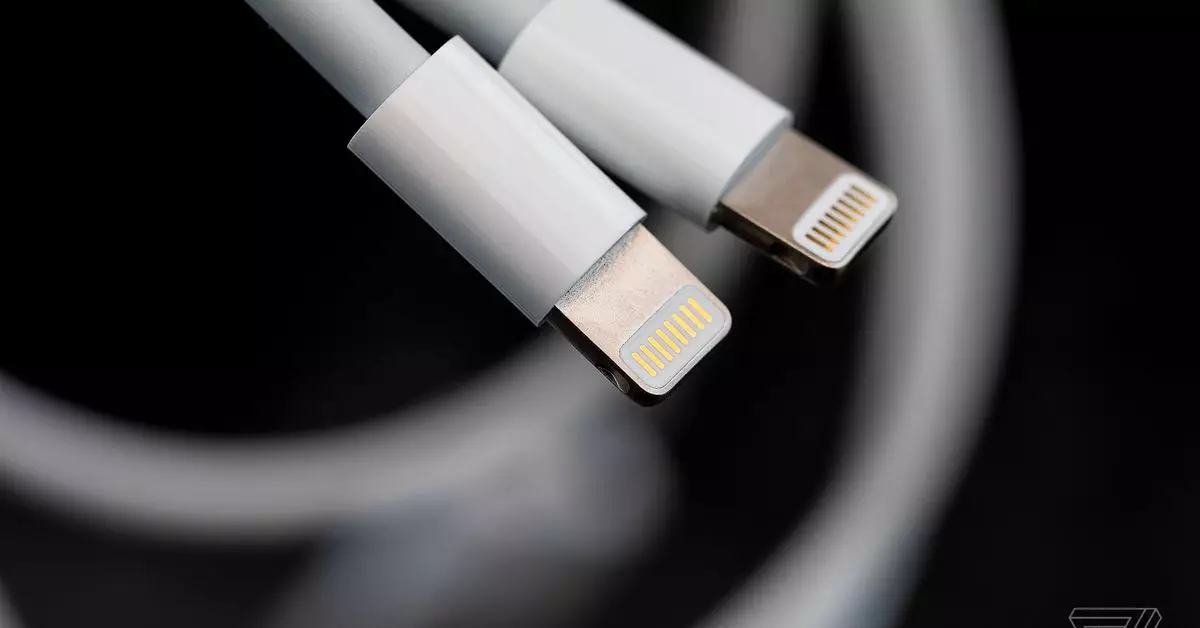In a significant move aimed at mitigating e-waste and reducing market confusion, the European Union has implemented Directive 2022/2380, which officially mandates a universal charging solution across its member states. This regulatory change has led tech giant Apple to halt sales of its iPhone SE and iPhone 14 series within the EU, which were the last models reliant on the proprietary Lightning charging port. As of today, devices like the iPhone SE and the iPhone 14 series, along with Lightning accessories such as the Magic Keyboard, have disappeared from shelves in various European countries including the Netherlands, France, and Germany.
The impact of this directive is profound, especially for consumers who will benefit from a unified charging system that minimizes clutter and enhances compatibility among devices. Presently, many users juggle multiple charging cables for different devices, often resulting in frustration. The mandated transition to USB-C ports signifies a march towards a streamlined and more sustainable approach to technology usage. While Apple may not yet be compliant within the EU, news reports suggest that a next-generation iPhone SE featuring USB-C and upgraded features like an OLED display could be on the agenda for 2025.
For manufacturers, this directive not only poses challenges but also opportunities. Companies will need to adapt their product lines swiftly to comply with the new regulations, potentially leading to increased costs in the short term but ultimately promoting a more seamless consumer experience. The separation of charging bricks from devices can encourage a more environmentally friendly approach by reducing the surplus of chargers that consumers often accumulate.
The Future of Charging in Tech
Apple’s decision to withdraw certain products from the European market underscores a larger trend in the tech industry toward standardization and sustainability. The EU’s regulations do not merely serve to streamline devices but also emphasize the importance of consumer awareness regarding charging solutions and power requirements. Improved labeling could further empower consumers by offering clarity, ensuring that individuals purchase devices suited not just to their needs but also to their existing technology infrastructure.
With the new regulations set to roll out by December 28th, 2024, the tech landscape in Europe is poised for a transformative shift. Expect to see a wider range of products adopting USB-C ports as more brands jump on board with this environmentally conscious initiative, potentially expanding into markets outside the EU in the long run.
This shift towards USB-C is not just about convenience but is rooted in the EU’s broader strategy to combat the staggering volumes of electronic waste generated annually. By standardizing charging ports and reducing the need for multiple chargers, the initiative is expected to lead to significant reductions in e-waste—a growing global concern. This effort aligns with a greater message about sustainability, urging consumers and manufacturers alike to think more critically about their technology choices and the environmental consequences of electronic devices.
The interplay between regulation and innovation may redefine how consumers interact with technology, laying the groundwork for sustainable practices in a rapidly evolving digital landscape. While Apple’s compliance remains to be seen, their historical influence on the global market suggests that the tide of change is inevitable, and adopting a universal standard could soon become the new norm.


Leave a Reply